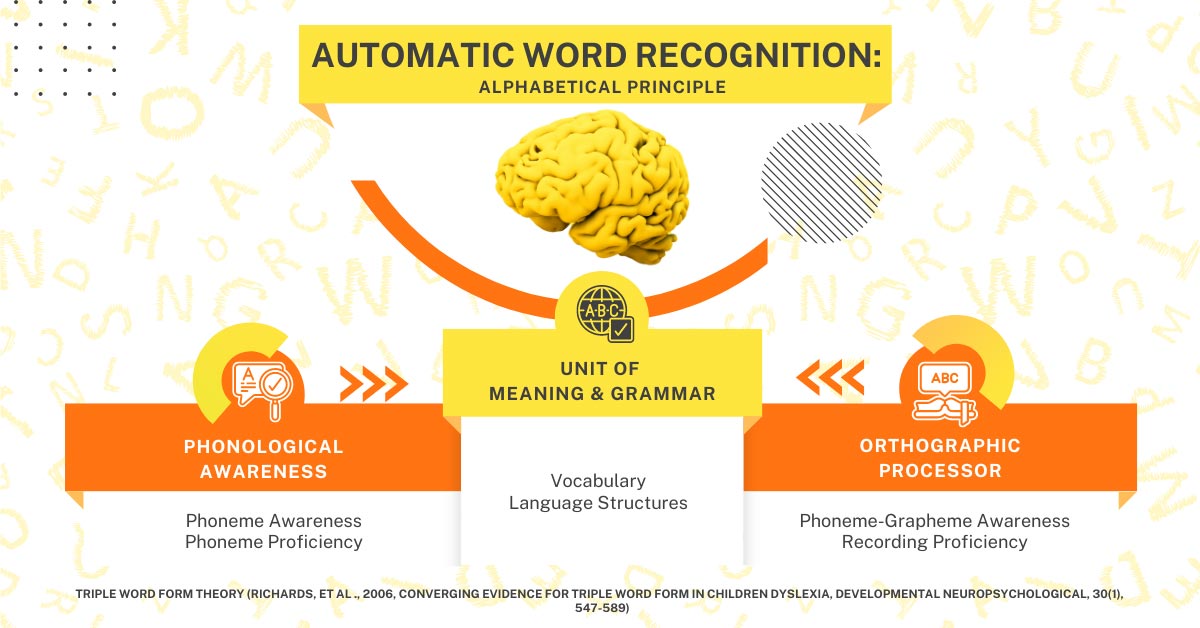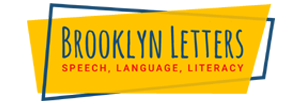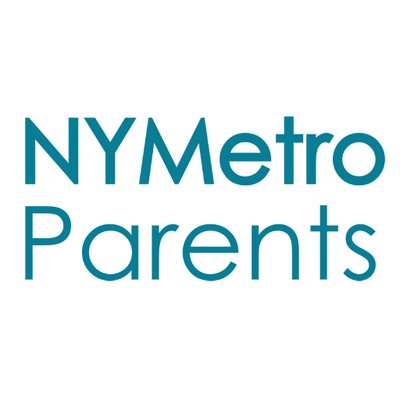DECODING TUTORING

DECODING TUTORING

As Featured In:
Our Decoding Tutors Travel To Your NYC Metro Area Home! Expert In-Person 1:1 Decoding Tutoring | Free Consultations and Meet & Greets with Our Staff.
Our Decoding Tutors Travel To Your NYC Metro Area Home! Expert In-Person 1:1 Decoding Tutoring | Free Consultations and Meet & Greets with Our Staff.
FOR LITERACY SERVICES OUTSIDE OF BROOKLYN
We travel to:
FOR LITERACY SERVICES OUTSIDE OF BROOKLYN
We travel to:
BROOKLYN NEIGHBORHOODS
Literacy Specialists
We travel to you and we also offer remote services. Our Literacy Specialists work on decoding, encoding (spelling), reading comprehension, and writing skills.
Literacy Specialists
We travel to you and we also offer remote services. Our Literacy Specialists work on decoding, encoding (spelling), reading comprehension, and writing skills.
Common Core English Language Arts (ELA) Standards & Worksheets
Common Core English Language Arts (ELA) Standards & Worksheets
TESTIMONIALS
Meet our CEO
Presented at:
Decoding involves translating printed words to sounds or reading, and encoding is just the opposite: using individual sounds to build and write words.
In order to read and write, we must first become phonologically aware by acquiring the ability to understand that words are built from smaller sounds or phonemes. This phonological awareness allows us to segment words into smaller sounds and, conversely, to build entire words from smaller sounds. When we learn to read, we start by making associations between each letter and its corresponding sound. Learn what is phonology. Discover the importance of phonological processing in learning to read and write.
To master sound-symbol association, children must understand that there is a correspondence between letters and sounds. They must understand the visual to the auditory relationship between letters and sounds (decoding/reading) as well as the auditory to a visual relationship (encoding/writing) in order to read and write efficiently.
People with dyslexia may have difficulty decoding words, recognizing letter-sound relationships, and mastering fundamental reading skills. Read this article to learn more about dyslexia, recognize the signs, impact, support, and accommodations, how to identify the indicators, and get a diagnosis, post-diagnosis steps, approaches, assistance, how to boost self-worth, and many more!

Learn how early literacy benefits from both print-to-speech and speech-to-print instruction, creating connections in the brain that link new knowledge about the alphabet to what children already know and are continuously learning about words.
The Five Pillars of Reading stresses the importance of phonemic awareness and phonics in building the foundations of literacy in young learners. Learn what is structured literacy.
Check out these resources for teachers and caregivers- courtesy of Dr. Miles of Brooklyn College, CUNY. It includes Reading Ready (a word reading curriculum for educators and manual for parents/caregivers), activities for Phonemic Awareness (highly engaging activities to support phonemic awareness), High-Frequency Word Activities (featuring 400+ words), and Grapheme-Phoneme Mapping Exercises (phonics and spelling through phoneme-grapheme mapping).
Learn the scope and sequence at-a-glance: all concepts (K-2) and the 6 types of syllables found in English orthography, why it’s important to teach syllables, and the sequence in which students learn about spoken and written syllables.
Read about Literacy Milestones.

Phonemic Awareness
Phonemic awareness refers to the knowledge and understanding that words are built from and can be broken apart into smaller segments of a sound called phonemes. Phonemic awareness is one’s ability to hear, recognize, and manipulate sounds heard in words- think of it as the ears to brain connection.
Phonemic awareness can be taught even before a child learns to read or identify printed letters. When babies are born, they are processing phonemes when parents speak and sing to their bundle of joy. In the English language, phonemic awareness means being able to identify its approximately 44 phonemes. Additionally, teaching letter sounds with letter names is an effective way for students to grasp the concept of phonemes.
Phonics
Whereas phonemic awareness refers to one’s ability to recognize sounds or phonemes in words, phonics mastery means understanding that letters (graphemes or printed letters) of the alphabet represent sounds (phonemes)- think of it as the ears, eyes, and brain connection. A child who has mastered phonics can sound out new or unfamiliar words on their own. The child is “cracking the code” and is receiving feedback by listening to oneself sound out words.
Teaching phonics is all about establishing the relationship between sounds and printed letters or printed letter combinations. Starting with the printed letter-sound correspondence, a child then learns how to match sounds to letters and uses this relationship to understand printed words.

Importance of Symbol Imagery in Reading and Spelling
Sensory-cognitive skills such as phonemic awareness and symbol imagery are key in developing a child’s reading and spelling skills. Phonemic awareness refers to one’s ability to process sounds in a word, which helps a child read and spell by sounding out. However, the English language is not always phonetic, which is why many children have difficulties recognizing sight words and words that are not spelled according to their letter sounds. That is where symbol imagery comes in.
Symbol imagery involves both phonological and orthographic processing or the visual patterns of words. It refers to an individual’s ability to visualize letters and identify word patterns with their mind’s eye, allowing them to instantly recognize sight words because they have developed an extensive knowledge of them. This is crucial as reading fluency relies primarily on mastery of sight words and contextual information.
At Brooklyn Letters, our reading specialists provide Orton-Gillingham and Wilson tutoring services to help your child master the underlying principles of phonological awareness and symbol imagery that they need in order to become skilled readers. We offer doorstep or at-home and online tutoring. Click here to get to know our literacy specialists and find out more about reading fluency tutoring services.

Peter W.
Special Educator And Childhood Literacy Specialist, Pre-K 4th Grade, MS, PhD

Erica
Bachelor of Science in Childhood and Special Education (Grades 1-6) and MSEd in Behavioral Disorders

Isabel F.
M.S. Education for General
& Special Education,
NYS Certified Educator of
Childhood General & Special Education

Clint K.
Master’s in General
and Special Education

Alexa S.
Masters in Elementary Education;
Orton Gillingham Trained and Experienced

Daria
Master’s Degree in Early Childhood and Special Education

Kaitlyn
Bachelor’s degree
in Childhood Education
(Grades 1-6), Master’s Degree
in Special Education
(Grade 1- Grade 6)

Brian
MAT in Early Childhood Education,
Certificate in Childhood Education (Grades 1-6)
FREE CONSULTATION!!!
Call: (347) 394-3485,
Text: (917) 426-8880
Email: [email protected]
(we respond to email right away!)
FREE CONSULTATION!!!
Call: (347) 394-3485,
Text: (917) 426-8880
Email: [email protected]
(we respond to email right away!)















